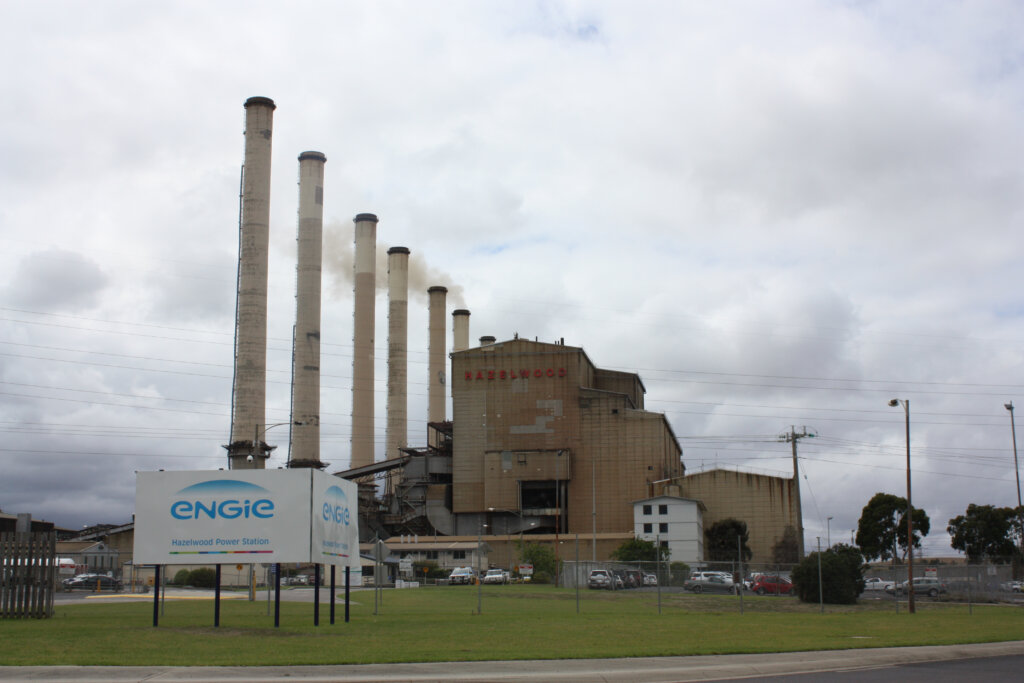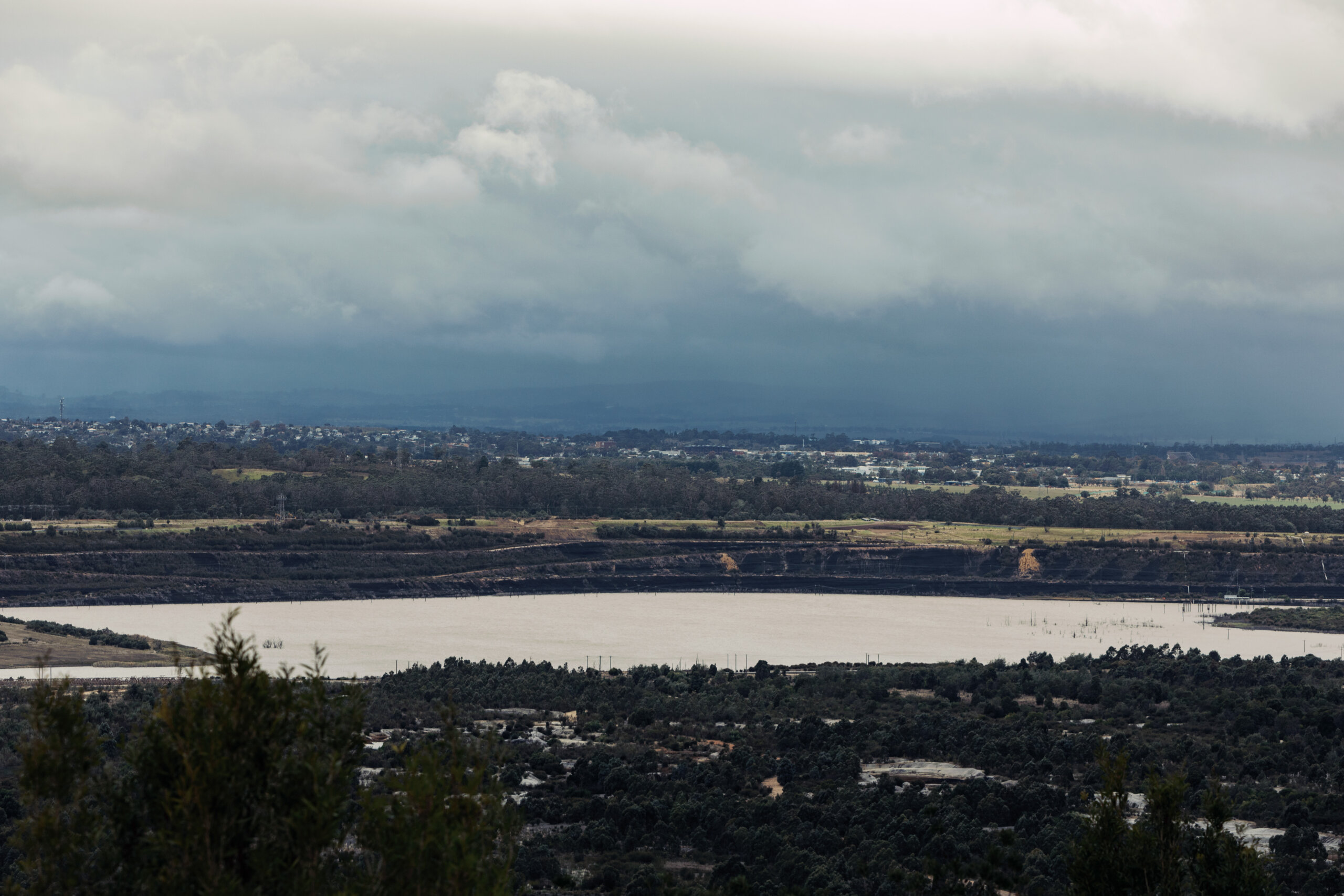The federal government has agreed Engie’s plans to take billions of litres of river water to flood the old Hazelwood coal mine will be scrutinised under federal law.
This is a huge win for the community and environment, and for every person who took the time to make a public comment – thank you!
Victoria and the world are rapidly moving away from coal power, but after decades of coal extraction, places like Victoria’s Latrobe Valley have been left with enormous unstable mine pits and toxic coal ash contaminating the land and groundwater.
“Rehabilitating” toxic coal mines in a way that just contaminates and steals water from drought-prone land is the last thing these communities need. They’ve already been burdened with decades of health issues from the mine, plus the Hazelwood mine fire that burnt for more than a month.
We’ve pushed for federal scrutiny on behalf of our clients Environment Victoria and Friends of Latrobe Water because, unless Engie remove the highly toxic pollution stored inside the mine, flooding the mine pit would contaminate groundwater and local waterways, and make its way towards the Gippsland Lakes.
The ‘water trigger’ under the Commonwealth Environment Protection and Biodiversity Conservation Act has previously been applied to new coal mine developments and extensions to existing mines.
The federal government’s decision today makes it clear the impacts of mining don’t end when the digging stops and the potentially devastating impacts of using huge amounts of water at every stage of coal mining must be investigated.
This is a vital precedent, because Hazelwood is the first of three coal mines in Victoria’s Latrobe Valley to close, and its rehabilitation will set the standard for the clean-up of the remaining two mines.
Engie must now also investigate the impacts their proposal would have on the Ramsar listed Gippsland Lakes and threatened animals and migratory animals.


